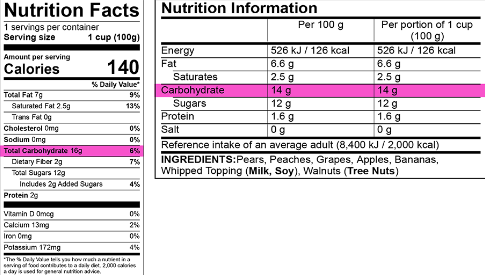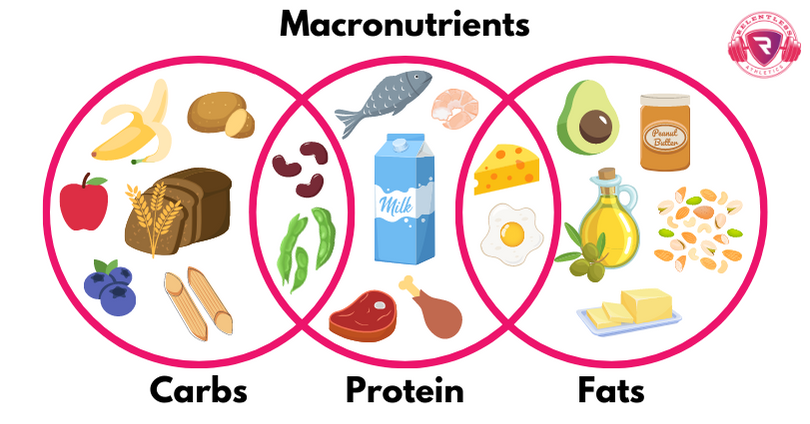America is known to be a lazy country compared to other parts of the world. That’s how the food industry makes a lot of their money. This article is an attempt to educate Americans about America’s food, and why the industry is the way it is. Additives are being put in our food. America doesn’t need these excessive ingredients in its food, and Americans shouldn’t have to pay more money to eat healthier.
The difference between eating habits and lifestyles in America vs. Europe is drastic. Europeans walk to markets to get a day’s worth of meals almost every day, while Americans drive every few weeks and stock up. Already, you can see that Europeans do more walking on an average day than Americans do.
As for eating habits, Europeans go for quality over quantity. You’ll see them eating just a fist full of pasta while Americans pile food onto their plates at an all you can eat buffet. Many American tourists share their experience online about food in Europe. They say that they can eat just as much in Europe and stay the same weight, and might even lose a few pounds. Why is this? The additives being put in America’s food make you gain weight, increase diabetes, and according to the Processed Foods and Health article, it contributes to the obesity epidemic.
Look at the ingredients. The proof is on the nutrition labels, let’s look at the ingredients. From the article ‘How Carbs Are Calculated in Different Countries’, The European nutrition label shows a total of seven ingredients. An average American carton of yogurt contains more than 15 ingredients, some ingredients that you can’t even pronounce. What else needs to be added in a carton of yogurt? Is milk, sugar, and fruit not enough?
The number of ingredients in America’s food feeds into the idea of America’s “lazy” lifestyle. The food industry adds all these processing ingredients because it’s meant to last longer. They make food last longer because Americans like to buy in bulk, they buy enough food for two weeks so they don’t have to worry about going out and shopping again. In the article, ‘The Rise of Processed Foods in the United States written by the Wild Health blog says, “Today, convenience reigns king among those searching for a good meal, a trend that began in the 1950s as housewives and working mothers prioritized fast and affordable meals for feeding their families (the traditional TV dinner being one of those meal options).” Nowadays, people are looking for a quick meal, not knowing exactly what they put in our food. It shows another reason why our food is processed: because Americans buy ready to go meals that you can pop in the microwave, which are loaded with preservatives, artificial flavoring and other harmful additives, but that’s another story for another day. Americans usually never have time, money, and the motivation to make their own meals from scratch.
There is also a big money difference with buying organic meals compared to conventional food. Organic food must fit certain requirements to be considered organic. The article ‘‘The Rise of Processed Foods in the United States’ says, ”After all, they’re cheap, high in calories, and easy to buy, store, and keep for a long time — whereas fresh fruits and vegetables may be more expensive, lower in calories, and harder to get.” Organic food is less processed than conventional food. That makes organic food more expensive because of the steps put in motion, like strict farming, and the amount of time being spent to maintain the farm and crops. For that reason, Americans choose the conventional way because it’s more cheaper buying the meal, than the expensive organic ingredients to make meals themselves.
America’s food industry puts a preference of convenience and affordability over health. The significant use of additives in American food plays a big role in health issues like obesity and diabetes. This differs with European habits, where they prioritize everything, especially one’s health. The way America relies on processed foods and the economic barrier to organic food highlights the necessity for a change in consumer behavior. By promoting transparency in labeling, educating consumers on nutrition, and supporting policies that encourage whole foods, we can work towards a healthier future.













